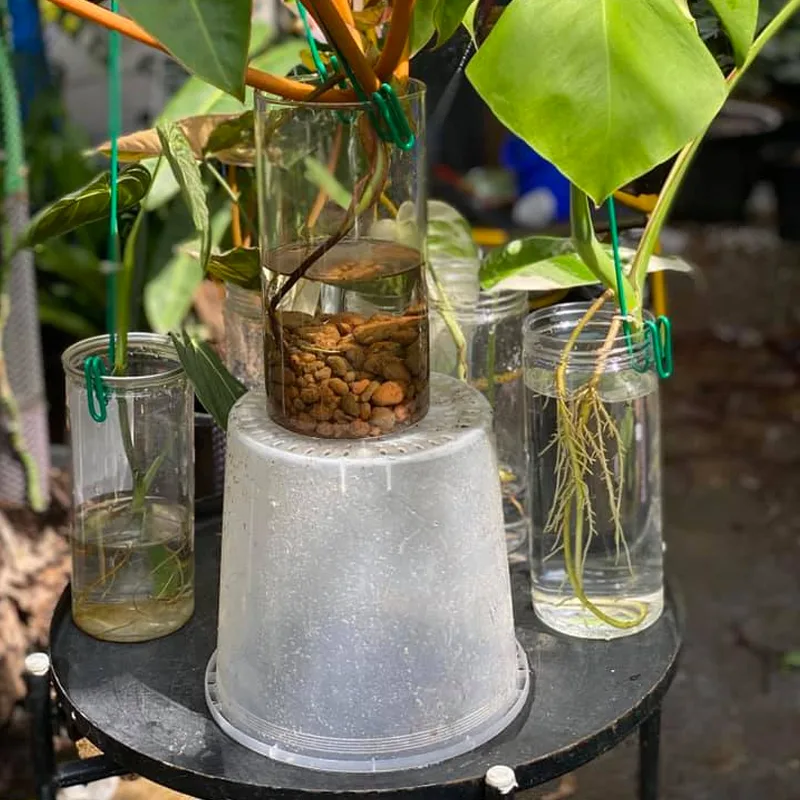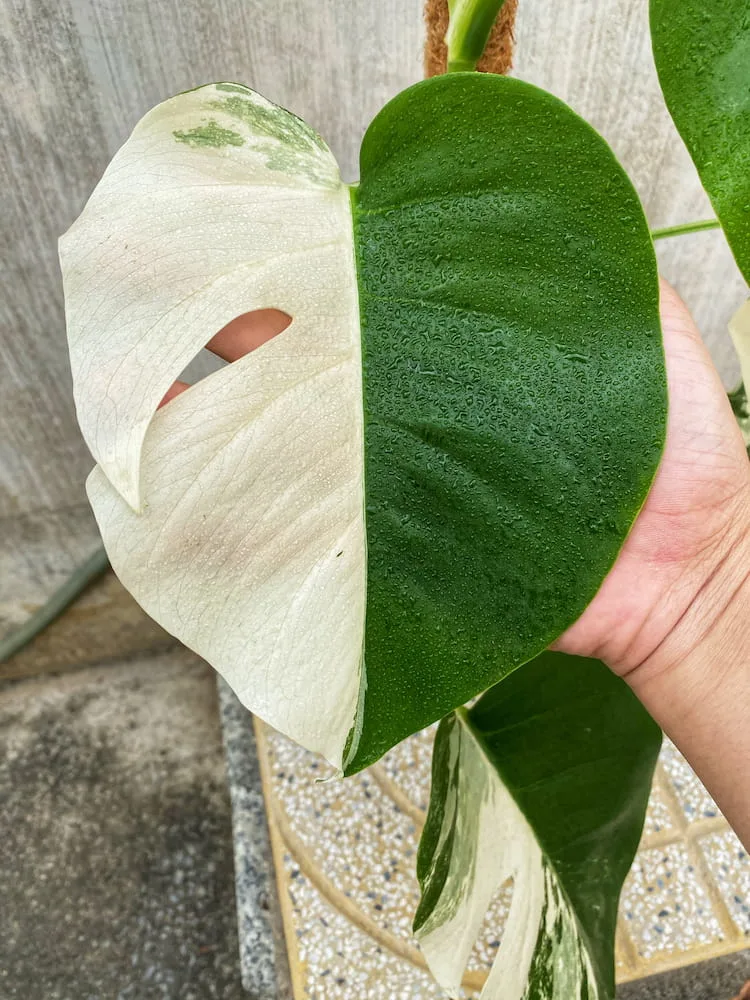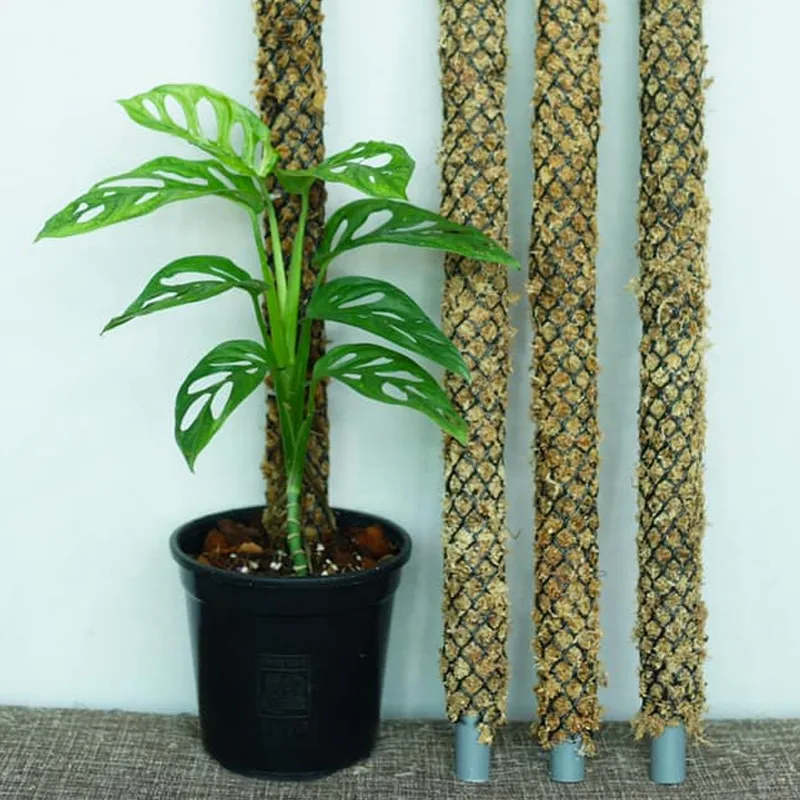Being a passionate plant enthusiast, I have always been captivated by the beauty and diversity of indoor plants. Among my growing collection, the Monstera plant, also known as the Swiss Cheese Plant, holds a special place in my heart. Its vibrant green foliage and unique fenestrations have always been a source of delight and curiosity. However, I have often found myself wondering about the mysterious holes that appear on the leaves. In this article, I aim to share my journey of discovery and shed light on why Monstera plants develop these captivating leaf holes.
The Phenomenon of Fenestration
One cannot help but marvel at the remarkable fenestrations found in Monstera leaves. These holes, which can range in size and shape, give the plant its distinctive appearance. Initially, I assumed that the holes were a result of damage or disease. However, my research unveiled an interesting truth: the holes are a natural characteristic of the Monstera plant.

Top 100 Gift Ideas For Plant Lovers 2024
Understanding Natural Leaf Development
To comprehend why Monstera leaves develop holes, we must delve into the biology of leaf development. Monstera plants belong to the Araceae family, and their leaves undergo a unique growth process. As new leaves emerge from the plant, they appear as small, solid structures. Over time, specialized cells near the center of the leaf undergo programmed cell death, resulting in the formation of fenestrations. These holes serve several purposes in the plant’s natural habitat.
Enhanced Light Capture
One of the primary reasons for the development of holes in Monstera leaves is their adaptation to low-light conditions. In their native tropical rainforest environments, Monstera plants often grow beneath the dense canopy, where sunlight is scarce. The fenestrations allow the leaves to capture more light by reducing surface area and preventing the excessive shading of lower leaves.
Wind Resistance
Another fascinating aspect of fenestrated leaves is their ability to withstand strong winds. In their natural habitat, Monstera plants can grow to great heights, and their leaves need to endure the force of wind gusts. The holes in the leaves allow air to pass through, reducing the chances of damage caused by wind resistance.
Rainwater Drainage
Living in a rainforest, these plants experience heavy rainfall. The fenestrations in the leaves serve as natural drainage systems, allowing rainwater to flow through without pooling on the surface. This mechanism prevents the leaves from becoming waterlogged and helps maintain optimal conditions for the plant’s overall health.

Aesthetic Appeal
While the functional aspects of fenestration are intriguing, the aesthetic appeal of Monstera leaves cannot be overlooked. The unique patterns created by the holes add a touch of elegance and beauty to the plant, making it a favorite among plant enthusiasts and interior decorators alike.
Factors Influencing Hole Development
While fenestrations are a natural characteristic, it is essential to consider the factors that influence their development. Adequate light is crucial for the formation of fenestrations. Insufficient light can lead to smaller or fewer holes, while excessive shade may result in leaves with no holes at all. Additionally, temperature, humidity, and overall plant health can also impact the development of fenestrations.
Caring for My Monstera Plant
Understanding the significance of fenestrations in leaves has greatly influenced how I care for my plant. To promote healthy hole development, I ensure that my Monstera receives bright, indirect light, mimicking its natural habitat. I also pay attention to maintaining appropriate humidity levels and provide ample airflow around the plant.
My journey of discovering why my Monstera plant’s leaves have holes has been both educational and rewarding. I have come to appreciate the intricate adaptations of this remarkable plant species to its natural environment. The fenestrations found not only serve functional purposes but also enhance the plant’s aesthetic appeal. By understanding the factors influencing hole development and providing appropriate care, I can ensure the health and vitality of my Monstera plant while enjoying its captivating beauty.



